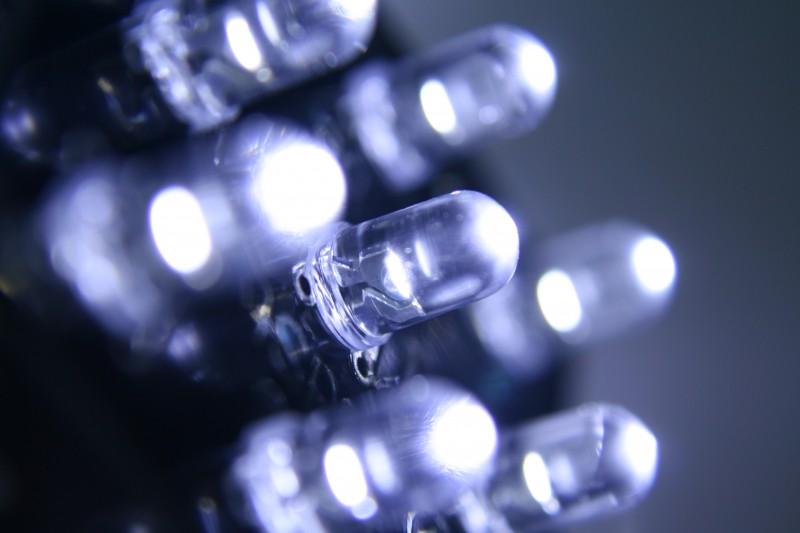
Written by : Anna Brown
Part of being a geek is constantly being ahead of the curve, being an early adopter of new technologies. This means that if you’re a true geek, you’ll already know the advantages of LED lighting. However, if you aren’t aware of the reasons why it’s so much better than traditional incandescent bulb lighting, CFLs or fluorescent lighting, here are a few facts that should make you think seriously about converting to LED.
LED lighting products help to protect the environment since they are so energy efficient. They also reduce maintenance costs due to their longevity and can be as attractive, or more so, than traditional lighting. On the downside, they cost a lot more than other lighting options.
LED stands for light emitting diode; LED lights are not actually bulbs. Each light emitting diode is a semi-conductor, a chip on a circuit, so they are not easily broken or damaged. That’s why they are a good choice for Christmas outdoor lights or other garden lighting options. They can be battered by the weather and handled easily without risk of them being broken.
In comparison with incandescent bulbs, LED is a very efficient source of lighting. At its best, it runs at 80% efficiency – this means that 80% of the power drawn by the LED is converted to light energy, with only 20% being converted and lost as heat energy. An incandescent bulb, though, produces only 20% light energy and 80% of the energy consumed is lost as heat. That’s why it’s easy to burn yourself when you touch an incandescent bulb and why it doesn’t happen if you touch an LED light. LED lighting can also save up to 50% of the energy used by carbon fluorescent lights (CFLs) and up to 30% of the energy used by fluorescent tube lighting.
Due to their energy-efficiency, LEDs are most often used in locations where lights are left switched on for long periods. For example, this could be in office lighting, car parks, street lighting and signage. LED lighting can also be used in and around the home.
The early LEDs attracted some negative reviews as the light that they gave was felt to be too cold, closer to a blue light than a yellow light. Today, you can choose the colour light that you want from an LED. Research on websites such as RS Components or Maplin and you’ll see that you can choose the colour temperature as well as the colour-rendering index (CRI). The colour temperature guides you as to what colour light the LED will emit. A warm light is around 2700K, and a neutral light is 3500K. If you prefer a cooler light, choose 5000K or more. The CRI rates light sources’ ability to produce a natural light effect. The scale is between 0 and 100 – the closer a LED is to 100, the more natural colours will appear under its light. Not only can you learn quite a bit about LED lights on sites like RS and Maplin, but you can also buy LEDs online here.
The choice between incandescent bulbs and LED lighting would seem to be a bit of a no-brainer, especially once you factor in the reduction of costs in terms of maintenance and replacements. LED lighting is designed to last 50 times longer than traditional lighting. But LED is also superior to fluorescent lighting and CFLs because LEDs do not contain hazardous materials, so they are safer to use. Fluorescent tubes and CFLs both contain mercury and require proper disposal so that mercury does not contaminate landfills.
Another reason LEDs are preferable to fluorescents is that it is flicker-free and can be dimmed effectively. In contrast, many people attribute eye strain and headaches to the flickering that accompanies fluorescent lighting. As well as being flicker-free, LED lighting has the advantage of being instant-on. There is no need for them to warm up to full brightness, as fluorescent lights and other energy-saving bulbs need to do.
The main hurdle to more people adopting LED lighting has been the up-front costs compared with other lighting options. But when you factor in the energy savings that can be made and the longevity of LED, it means that extra investment will quickly be paid back.


